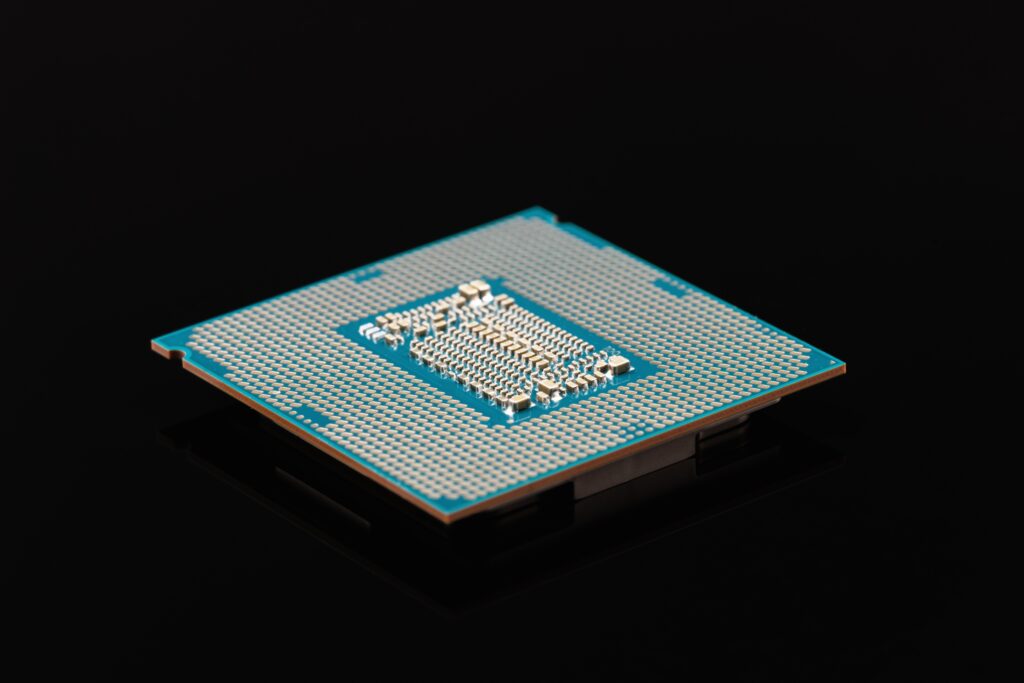Intel had recently announced its roadmap for upcoming years that includes several changes. The plan also includes new nomenclature of production processes. Interestingly, Intel is pushing beyond the nanometer scale. Furthermore, Intel will be introducing new transistors and stacking solutions and, most importantly, working with new customers for its 20A solutions. In this regard, Qualcomm, from the year 2024, will start using Intel foundries for its SoCs.
The Roadmap To 2025 and Beyond
Intel recently unveiled a roadmap at its Intel Accelerated event. The roadmap outlines the way forward for Intel for the next few years. With this new road map, the goal of Intel is simple: it wants to regain its position as the top manufacturer of processors, both in terms of production and performance. To achieve its goals and propel its growth, Intel is adopting increasingly advanced and sophisticated technologies.
With a flood of innovative technologies one after the other through 2025, Intel is pushing hard to firm its position as the ruling king of the processors’ space.
“With an unparalleled innovation program, we bring technological advances from the transistor to the system level. Until the periodic table of elements is exhausted, we will not stop pursuing Moore’s Law in our path of innovation with the magic of silicon,” said Intel CEO Pat Gelsinger.
The top executive also announced Intel’s IDM 2.0 strategy, which is planned in three-phase: In-home production of Intel brand chips, delegate some productions to external partners and use their foundries, and establishment of Intel Foundry, through which Intel will begin the production of semiconductors for its partners.
Intel roadmap through 2025 includes several innovations but also involves many radical changes too. The most critical is Intel’s decision to change the nomenclature of the nodes. The reason behind the decision is that the names of the nodes are no longer accurate. In addition to that, they also prove to be Intel’s disadvantage.
Intel is moving beyond nanometers, says it’s inaccurate and doesn’t fit the company’s current and future line of products.
Perhaps the most critical thing in Intel’s roadmap that deserves attention is its decision to shun the nanometre scale for measurements. In recent years the nanometres measurements scale has shown Intel at a disadvantage. For example, its 10nm FinFet used in the 11th generation core processor seems to lack behind 7 nanometers TSMC has been using for years, which is actually not the case in reality. In contrast, Intel’s 10nm SuperFin technology incorporates way more transistors than TSMC’s 7nm technology.
Similarly, the nanometer-based nomenclature of processor nodes has long stopped depicting the actual gate length measurements. The arrival of 3D transistors has further made nanometer measurement obsolete. Intel has thus decided to move away from the nanometer scale.
New Generation of Intel Processors with New Nomenclature
First in the line are Alder lake Processors, coming at the end of this year. Previously known as Intel 10nm enhanced, the processors will be named according to the actual transistors density. Intel7 will be the first in the Alder Lake family. The year 2023 will witness the launch of Intel 4, which will be part of Meteor lake processors. Intel 3 will follow closely, but the real attention grabber will be Intel 20A. With 20A, Intel will again adopt a new naming scheme, kickstarting the angstrom era. Not just the name, with 20A, Intel will be moving below 1nm with its manufacturing processes.



